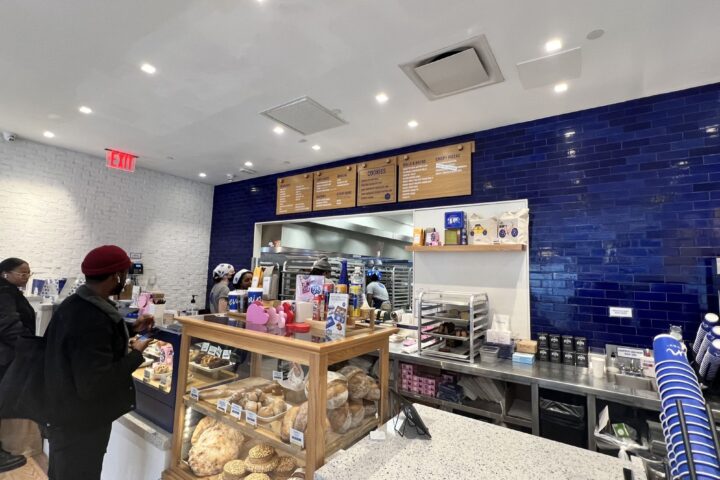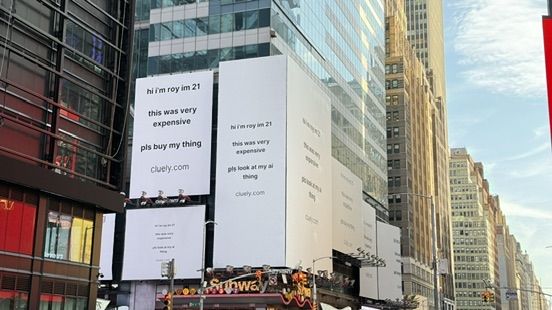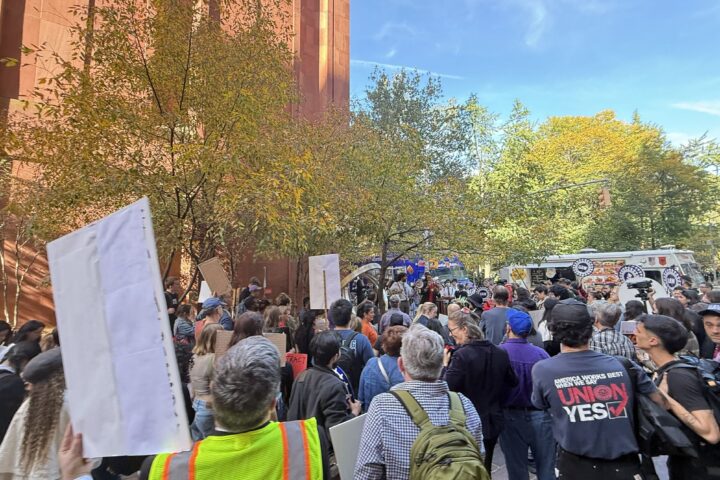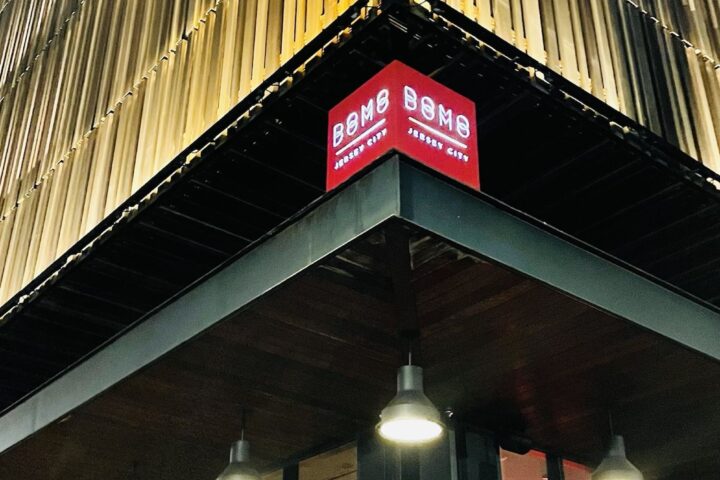In recent years, Korean popular culture has been steadily gaining ground on Broadway, moving beyond the periphery of supporting roles and ensemble work to command center stage. What was once a marginal presence is now a formidable force, with original Korean musicals winning major awards and Korean and Korean-American actors taking on leading roles in prestigious productions. The emergence of K-culture on Broadway is no fleeting trend—it signals a significant shift in the global cultural landscape, with Broadway serving as one of its most prominent stages.

At the heart of this transformation are creators, performers, and audiences who are weaving new narratives that bridge Korea and the United States, the East and the West. These stories are carving out space within Broadway’s traditionally conservative ecosystem, blending multilingual and multicultural sensibilities. This movement came into sharp focus at the 2025 Tony Awards, when the Korean original musical “Maybe Happy Ending” swept six major categories, captivating critics and audiences alike.
“Maybe Happy Ending”: A Korean Musical Triumphs on Broadway
Written by Hue Park and Will Aronson, “Maybe Happy Ending” debuted in Seoul in 2016 and has since toured internationally. Its 2025 Broadway run was met with overwhelming acclaim, earning Tony Awards for Best Musical, Best Leading Actor, Best Original Score, and more. Set in a near-future Seoul, the show tells the story of two humanoid robots who fall in love. The narrative, while rooted in science fiction, explores deeply human emotions and questions the boundary between technology and intimacy.
American audiences were struck by the musical’s emotional depth and subtle storytelling—hallmarks of Korean drama—delivered through a unique theatrical language. Performed entirely in English but marketed clearly as a Korean creation, the production asserted that K-musicals can thrive independently on the global stage. A significant portion of the creative team, including the music director and set designers, were Korean, emphasizing the collaborative nature of the project.
Lead performances by Darren Criss and Helen J. Shen drew particular praise, and the standing ovations that closed each performance reflected the show’s ability to transcend linguistic and cultural barriers. “Maybe Happy Ending” was not just a hit; it was a milestone that redefined what Korean musical theater can achieve on the world stage.
“KPOP” and Luna: K-Music Steps Into the Spotlight

In 2022, Broadway experienced another significant milestone with the premiere of “KPOP: The Musical” at the Circle in the Square Theatre. The production followed the behind-the-scenes lives of K-pop idols as they navigated fame, identity, and cultural friction. Featuring music by Helen Park and a book by Jason Kim, both of Korean descent, the show was infused with the structure, energy, and emotional rhythms of contemporary Korean pop.
Famed K-pop artist Luna (Park Sun-young), formerly of the girl group f(x), made her Broadway debut in this production. Her transition from pop star to musical theater actress was closely watched by both industry insiders and fans alike. In a Time magazine interview, she described Broadway as a challenging but rewarding platform: “It’s one of the hardest stages I’ve ever stood on, but it’s also where I felt my story could be heard globally.”

The show featured 18 predominantly Asian cast members, expanding Broadway’s cultural and racial diversity. Its audience base ranged from dedicated K-pop fans to traditional musical theatergoers, creating a unique intersection of fandoms. While the musical’s commercial performance was mixed, its cultural impact was undeniable. “KPOP” served as a bold introduction of Korean pop culture to Broadway, not just thematically but structurally—proving that Korean sensibilities could shape a new artistic language.
Korean and Korean-American Actors Take Center Stage

Perhaps just as significant as the productions themselves is the visibility of Korean actors in major roles. In 2025, Broadway made history when Korean-American performers Timothy H. Lee and Grace Yoo were cast simultaneously as Orpheus and Eurydice in the Tony-winning musical “Hadestown.” This marked the first time both lead roles were portrayed by Korean-descended actors in a major production, signaling a shift in casting practices and audience expectations.
Actor Daniel Dae Kim further broke barriers with his performance in the play “Yellow Face” by David Henry Hwang. His role earned him a Tony nomination for Best Actor in a Play, a first for an Asian-American actor in that category. The play, a semi-autobiographical work that critiques whitewashing in casting and explores Asian-American identity, resonated deeply with audiences. Kim, already well-known for his work in television and film, used the stage to make a different kind of statement: “Theater is where you face truth head-on,” he said in an interview. “It’s time for Asian actors not just to have a voice, but to help shape the message.”

The presence of Korean and Korean-American actors on Broadway is no longer an anomaly. Second-generation Korean Americans and Korean nationals trained in the U.S. are increasingly entering the theater pipeline, supported by arts institutions, casting platforms, and residency programs. These performers are not merely ticking the diversity box; they are becoming the narrators and protagonists of contemporary American theater.
K-Culture as a Permanent Fixture on the Broadway Landscape
What is emerging on Broadway is not a passing wave but a structural shift. Since the 2000s, Korean film, television, and music have captured global attention. The natural progression into performing arts now sees Korean voices shaping the mainstream theatrical narrative. This development also reflects a growing confidence and visibility within the Asian-American community.
For many Asian Americans, seeing Korean stories told on such a prestigious stage affirms their cultural identity. It brings pride, visibility, and a sense of belonging to a space that once felt closed off. In that sense, the success of Korean works on Broadway is not only an artistic breakthrough but a social one as well.

Today, Korean content on Broadway is no longer considered experimental or niche; it is now a mainstream presence. It is embraced, expected, and eagerly anticipated. As more Korean creators and performers find their place on stage, the ripple effects are felt back in Korea, where producers are now planning with international audiences in mind. The ambition is no longer to imitate Broadway but to become part of it—to shape it.
Under the lights of Broadway, Korean culture is no longer a distant echo. It is a resounding voice in the chorus of global storytelling. And the journey is just beginning.
ⓒ New York and New Jersey. Unauthorized reproduction and redistribution prohibited.












